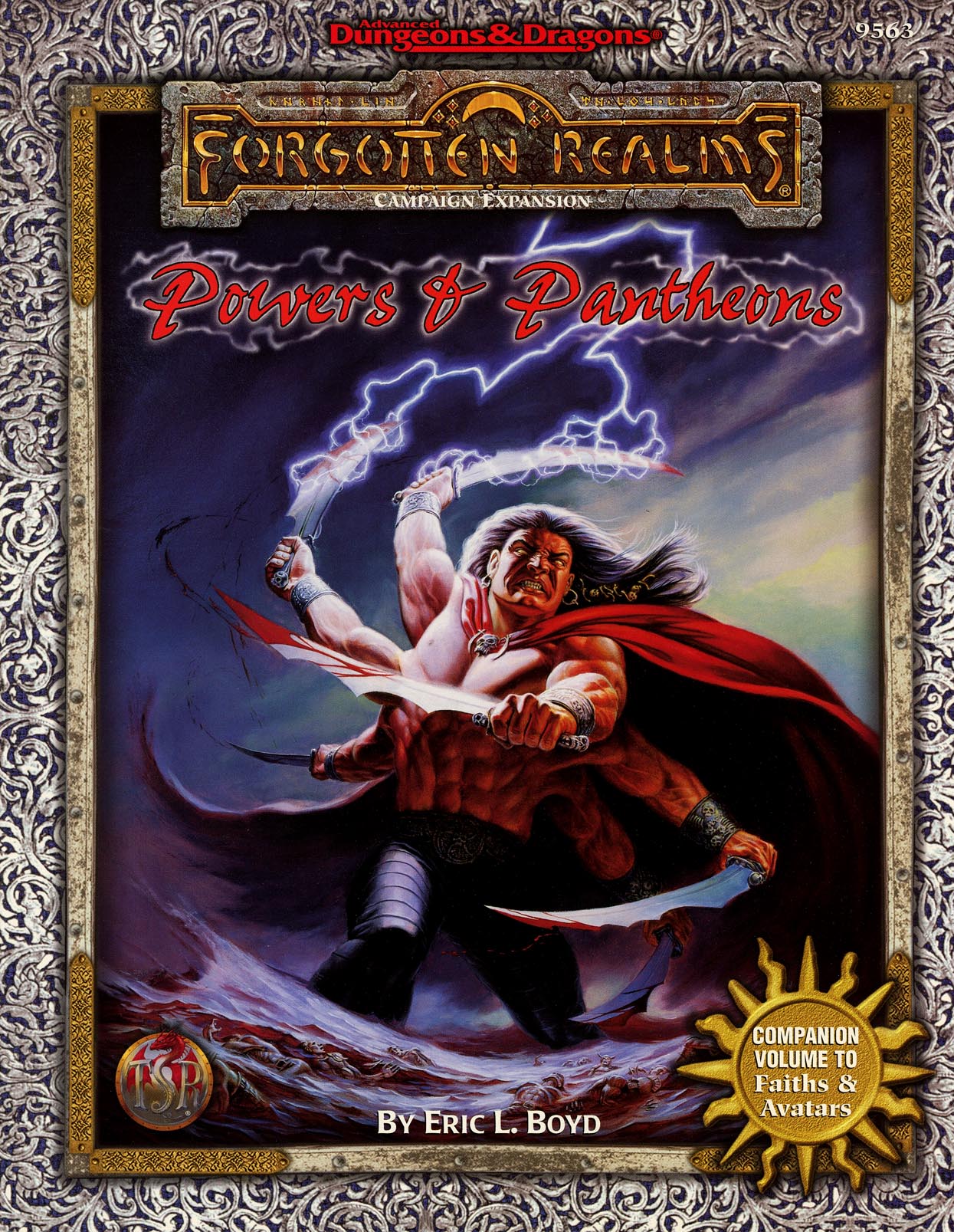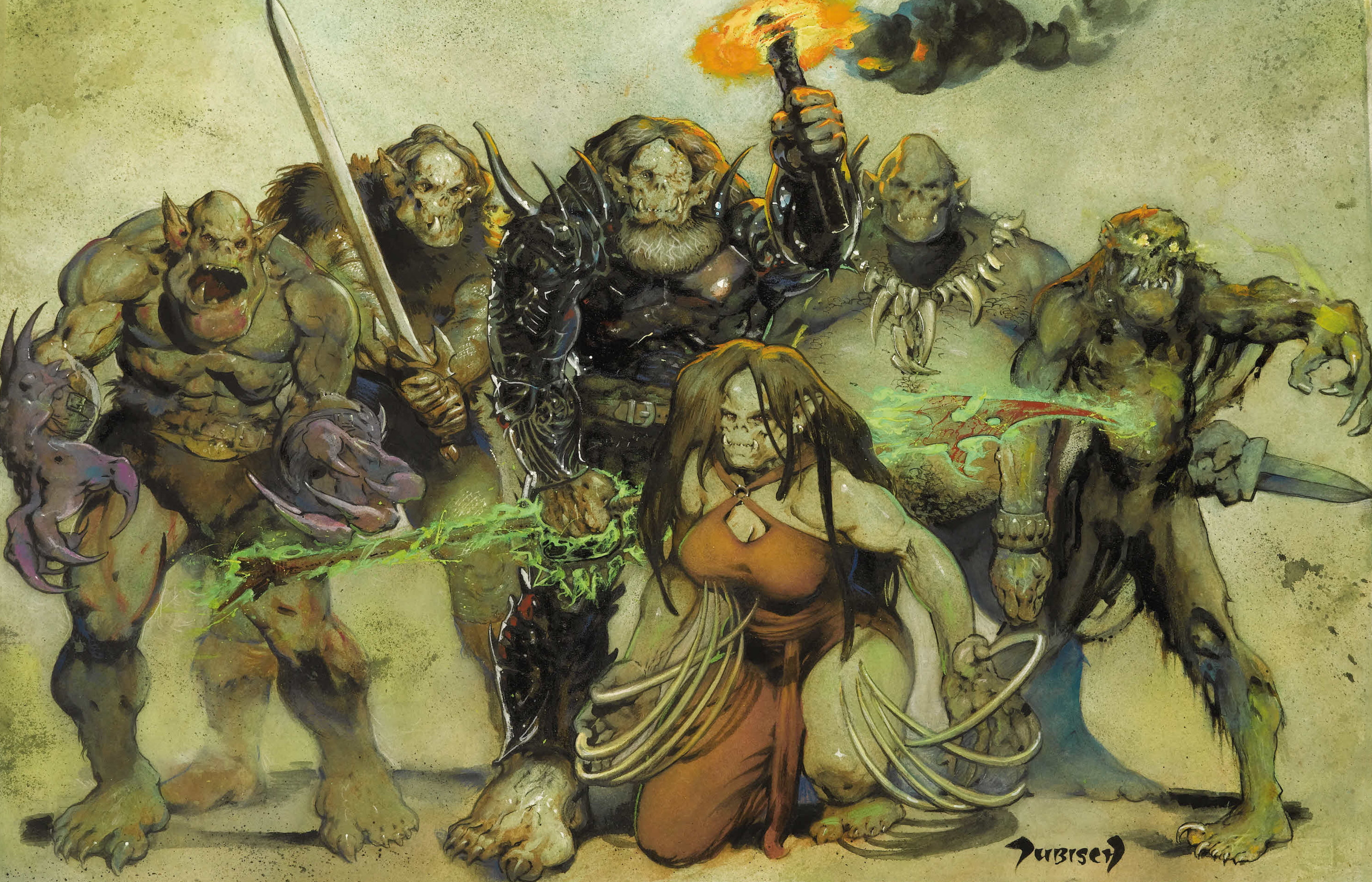
They brought their own moon goddess with them, Sehanine. So then you have the Elven Pantheon, a bunch of gods who followed the Elves to Torill when they migrated from Oerth. evocation and a couple of others I can't remember off the top of my head. Shadow Weave magic is better at illusion, enchantment and necromancy, but much weaker at. Shar, jealous of the close friendship between Mystra and Selune, created the Shadow Weave, which can be used instead of the Weave as long as you worship Shar or can withstand the maddening effects she would otherwise shield you from. Then Mystra died in the Time of Troubles and gave her powers to a human wizard called Midnight, who took the name Mystra in honour of her predecessor. Later, Mystril died when (I think his name was Karsis?) attempted to become One with Magic, and once the chaos settled down, Mystra formed from the Weave to replace him. Mortal mages use the Weave (a universal magic field) to cast spells. Selune lost Magic and Mystril and the Weave were created. Mystril is the god of magic, created when Selune weaponised her Magic domain against Shar. Shar is the goddess of the dark side of the moon. Selune is the goddess of the light side of the moon. On a related note, I just watched Over the Moon and I would like Larian to provide us with a Shar / Selune musical number set on the Astral Plane - thanks, I'll go hide in a moon crater now.



Absolute) or rather greedy horny independent gods like the ones in the Greek Pantheon. There are so many goddesses of the Moon / Magic / Night in here that it gets a bit confusing who does what and whether they are just aspects of the same force (dare I say. I have been reading a bit of D&D lore lately, and have a question - aren't Shar and Selune (and Mystra and Elistrateteblabalbal the drow one) basically aspects of the same goddess? In the case of Shar and Selune, weren't they the same entity, divided in two and set against each other?


 0 kommentar(er)
0 kommentar(er)
